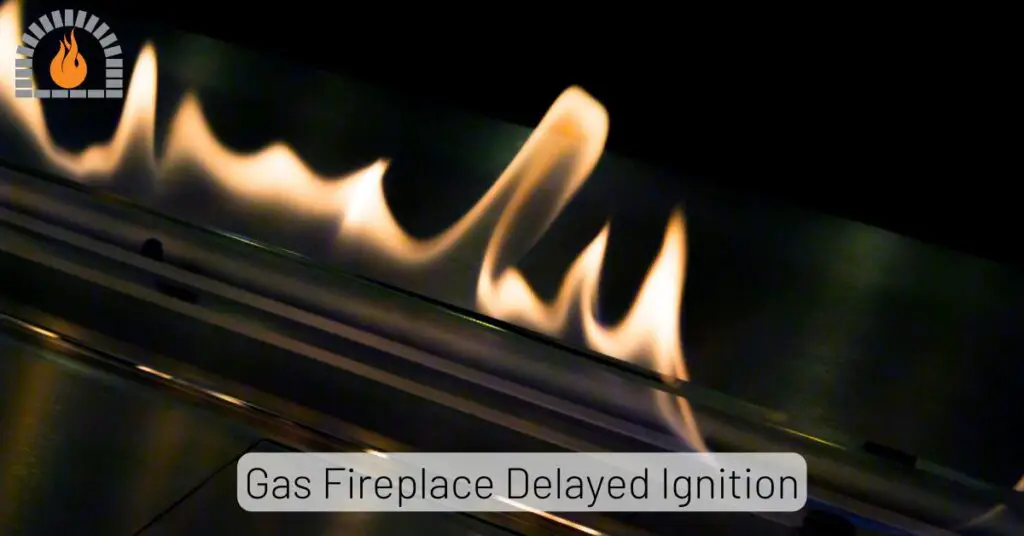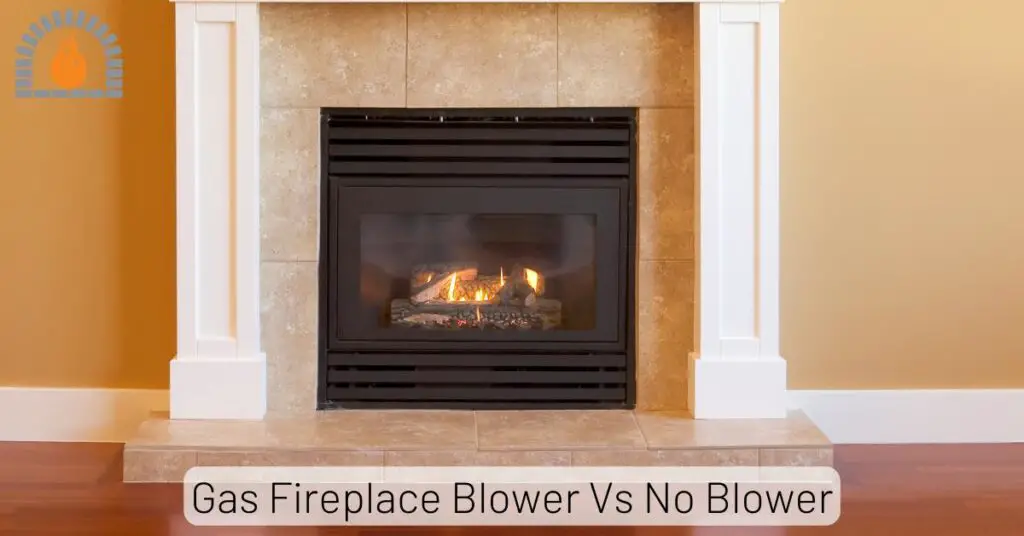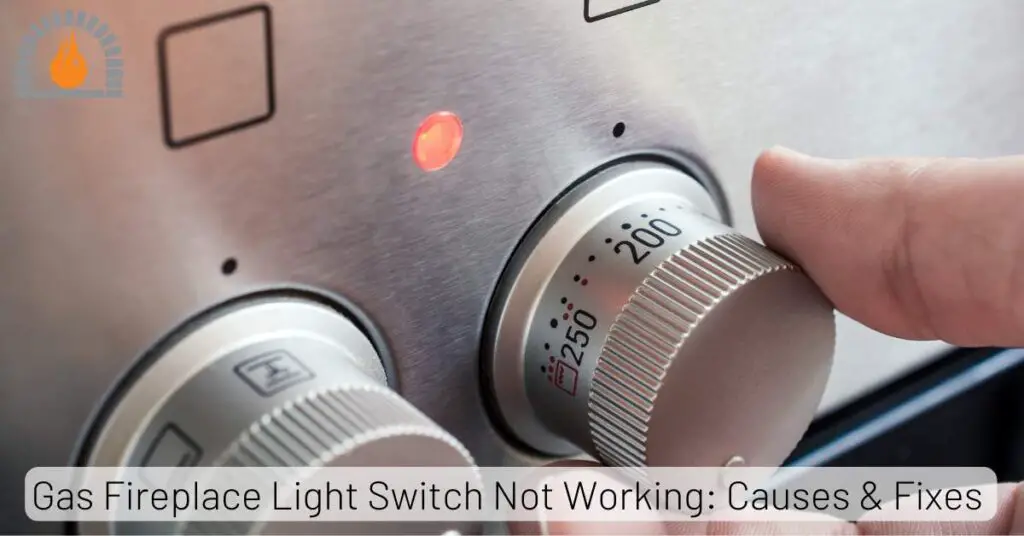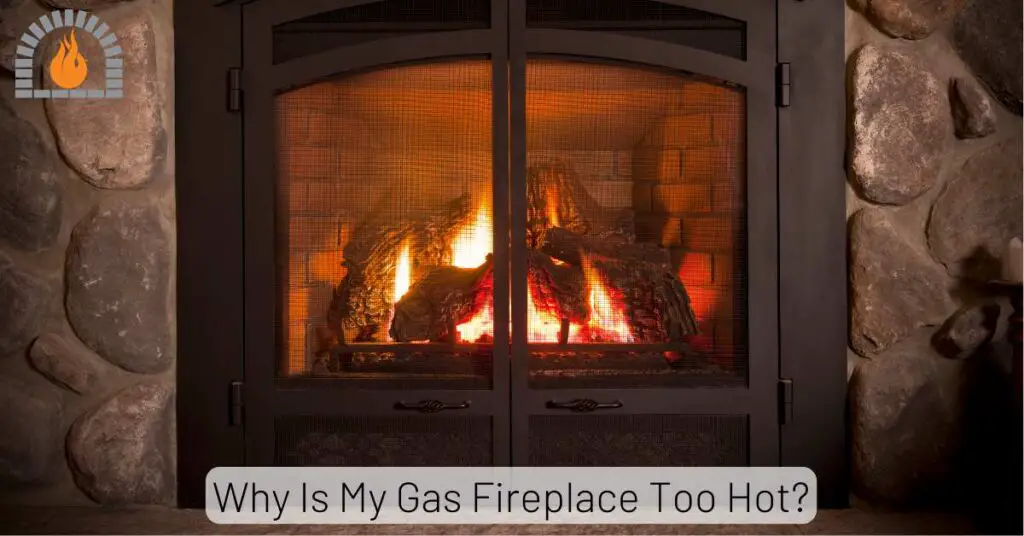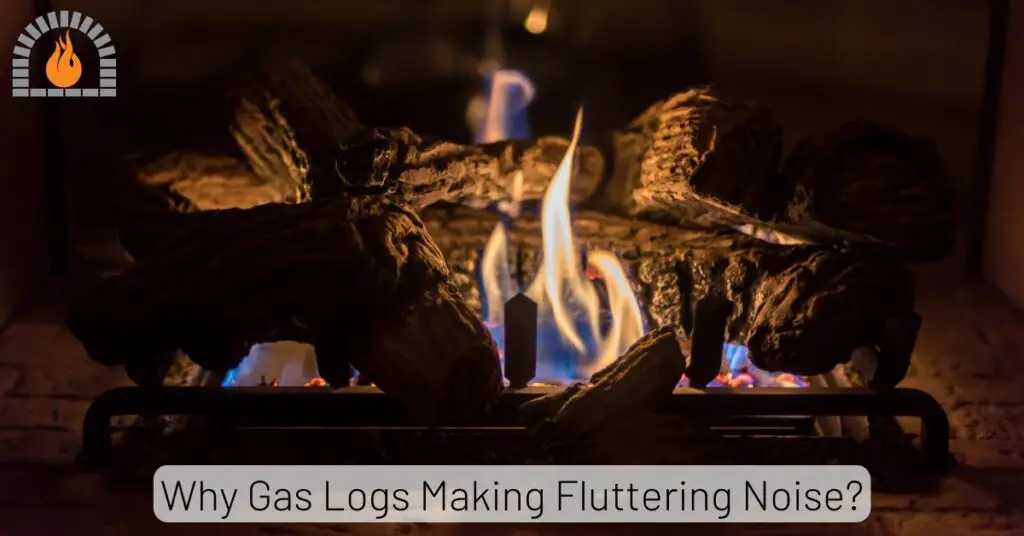A dirty thermocouple is one of the most common reasons why gas fireplaces fail to stay lit. Learning how to clean thermocouple on gas fireplace units can save you money on service calls and ensure your fireplace operates safely and efficiently.
This comprehensive guide will walk you through the entire process, from identifying when your thermocouple needs cleaning to step-by-step instructions, safety precautions, and maintenance tips to keep your fireplace running optimally.
Key Takeaways
- A thermocouple is a safety device that prevents gas leaks by shutting off the gas supply if the pilot light goes out
- Common signs of a dirty thermocouple include a fireplace that won’t stay lit, a weak or yellow pilot light flame, and soot buildup
- Cleaning your thermocouple typically requires just a few basic tools and about 30 minutes of time
- Regular maintenance can extend the life of your thermocouple and prevent future issues
- Always follow safety precautions when working with gas appliances
What is a Thermocouple and How Does It Work?
A thermocouple is a critical safety component in your gas fireplace that consists of two different metals joined together at one end. When heated by the pilot light, it generates a small electrical current (usually around 25-30 millivolts) that keeps the gas valve open. If the pilot light goes out, the thermocouple cools down and stops producing electricity, which causes the gas valve to close, preventing unburned gas from filling your home.
Thermocouples are designed to be fail-safe devices, but over time, they can become coated with soot, oxidation, or other debris that insulates them from the heat of the pilot light. When this happens, they may not generate enough voltage to keep the gas valve open, resulting in a fireplace that won’t stay lit.
Signs Your Thermocouple Needs Cleaning
Before you begin the cleaning process, it’s important to confirm that a dirty thermocouple is indeed the culprit. Here are the most common signs that indicate your thermocouple needs attention:
- Fireplace Won’t Stay Lit: The most obvious sign is when your fireplace’s pilot light lights but goes out as soon as you release the control knob.
- Weak or Yellow Pilot Light: A healthy pilot light should be strong and blue. If it appears weak, flickering, or has a yellow tip, it may not be heating the thermocouple adequately.
- Soot Buildup: Visible soot or carbon deposits on the thermocouple itself are clear indicators that cleaning is needed.
- Delayed Ignition: If there’s a noticeable delay between when you turn on the fireplace and when it ignites, a dirty thermocouple could be the cause.
- Intermittent Operation: If your fireplace works sometimes but not others, inconsistent thermocouple performance may be to blame.
| Problem | Symptoms | Likelihood of Being Thermocouple-Related |
|---|---|---|
| Dirty thermocouple | Pilot light won’t stay lit, weak flame | Very High |
| Faulty thermocouple | No voltage output, even when heated | High |
| Misaligned thermocouple | Pilot light stays lit irregularly | Medium |
| Gas pressure issues | Weak pilot flame, low heat output | Low |
| Faulty gas valve | No gas flow, clicking sounds | Low |
Tools and Materials Needed for Cleaning
Before you begin, gather all the necessary tools and materials to ensure a smooth cleaning process:
- Safety Equipment: Safety glasses and work gloves
- Basic Tools: Screwdriver set (both Phillips and flathead), needle-nose pliers, adjustable wrench
- Cleaning Supplies: Fine-grit sandpaper (400-600 grit), steel wool, or a dedicated thermocouple cleaning brush
- Compressed Air: For removing dust and debris from hard-to-reach areas
- Flashlight: To help you see inside the fireplace compartment
- Multimeter: Optional, for testing the thermocouple’s output after cleaning
Most of these items are readily available at hardware stores or online. The total cost should be under $30 if you don’t already own these tools.
Clean Thermocouple on Gas Fireplace: Step-by-Step Guide
Now that you’re prepared, let’s walk through the process of cleaning your thermocouple:
Step 1: Turn Off the Gas Supply
Safety first! Locate the gas shut-off valve, which is typically found near the fireplace or in the same room. Turn the valve to the “off” position. Wait at least 10-15 minutes to allow any residual gas to dissipate before proceeding.
Step 2: Access the Thermocouple
Remove the fireplace’s outer cover or access panel. This usually involves unscrewing a few screws or gently lifting the cover off. Once you have access, locate the thermocouple—it’s a small metal rod (usually copper or brass) positioned near the pilot light assembly.
Step 3: Remove the Thermocouple
The thermocouple is typically connected to the gas control valve with a nut. Using an appropriately sized wrench, carefully unscrew the nut connecting the thermocouple to the gas valve. Be gentle to avoid damaging the connection. Once disconnected, gently pull the thermocouple out of the pilot assembly.
Step 4: Clean the Thermocouple
This is the most critical step in the process. There are several methods you can use to clean your thermocouple:
Method 1: Sandpaper
- Lightly sand the entire length of the thermocouple with fine-grit sandpaper (400-600 grit)
- Focus on the tip that sits in the pilot light flame, as this area accumulates the most buildup
- Sand until the metal appears clean and shiny
- Wipe away any dust with a clean cloth
Method 2: Steel Wool
- Gently rub the thermocouple with fine-grade steel wool
- Use light pressure to avoid scratching the metal surface
- Continue until the metal is clean and free of oxidation
- Remove any steel wool fibers with a clean cloth or compressed air
Method 3: Dedicated Thermocouple Cleaning Brush
- Use a specialized thermocouple cleaning brush (available at fireplace supply stores)
- Brush along the length of the thermocouple, focusing on the tip
- These brushes are designed to clean effectively without damaging the delicate components
Step 5: Reinstall the Thermocouple
Carefully reinsert the thermocouple into the pilot assembly, ensuring it’s positioned correctly in the pilot light flame. The tip should be directly in the flame’s path for optimal heating. Reconnect the thermocouple to the gas valve and tighten the nut snugly—but don’t overtighten, as this could damage the connection.
Step 6: Test the Fireplace
Turn the gas supply back on. Relight the pilot light according to your fireplace manufacturer’s instructions. Once lit, hold the control knob in the pilot position for about 60 seconds to allow the thermocouple to heat up. Slowly release the knob—if the pilot light stays lit, you’ve successfully cleaned your thermocouple!
Step 7: Replace the Access Panel
Once you’ve confirmed that the fireplace is working properly, replace the access panel or cover and secure it with the screws you removed earlier.
Safety Precautions When Working with Gas Fireplaces
Working with gas appliances requires strict adherence to safety protocols. Here are essential precautions to keep in mind:
- Turn Off the Gas: Always shut off the gas supply before beginning any work on your fireplace.
- Ensure Proper Ventilation: Open windows and doors to provide adequate ventilation while working.
- Check for Gas Leaks: After completing your work, check for gas leaks by applying a soap and water solution to connections. Bubbles indicate a leak.
- Install Carbon Monoxide Detectors: Ensure you have working carbon monoxide detectors installed in your home, especially near sleeping areas.
- Follow Manufacturer Instructions: Always refer to your fireplace’s manual for specific instructions and safety warnings.
- Know When to Call a Professional: If you’re uncomfortable with any part of the process or encounter unexpected issues, don’t hesitate to contact a qualified technician.
| Safety Concern | Percentage of Incidents | Prevention Method |
|---|---|---|
| Gas leaks | 23% | Regular maintenance, proper installation |
| Carbon monoxide | 18% | CO detectors, ventilation |
| Fire hazards | 31% | Clearances, cleaning |
| Improper operation | 28% | Read manual, professional inspection |
Testing Your Thermocouple After Cleaning
After cleaning your thermocouple, it’s a good idea to test its performance to ensure it’s functioning correctly. Here’s how:
Using a Multimeter
- Set your multimeter to measure millivolts (mV).
- Connect one lead to the copper part of the thermocouple and the other to the connector end.
- Light the pilot light and let it heat the thermocouple for about a minute.
- A healthy thermocouple should produce 25-30 millivolts.
- If the reading is below 25 mV, the thermocouple may need replacement.
Flame Test
- Observe the pilot light flame—it should be strong and blue, with a slight yellow tip.
- The flame should envelop the top 1/2 to 3/8 inch of the thermocouple.
- If the flame is weak or yellow, or if it doesn’t properly heat the thermocouple, you may need to adjust the pilot light or clean the pilot orifice.
When to Replace vs. Clean Your Thermocouple
While cleaning can solve many thermocouple issues, there are times when replacement is necessary. Consider these factors:
Clean When:
- The thermocouple is relatively new (less than 5 years old)
- There’s visible soot or oxidation on the surface
- The thermocouple produces adequate voltage when heated but still causes intermittent issues
- The fireplace has been unused for an extended period
Replace When:
- The thermocouple is older than 5 years
- Cleaning doesn’t resolve the issue
- The thermocouple is physically damaged (bent, cracked, or corroded)
- It produces less than 25 millivolts when heated
- You notice frequent pilot light outages despite proper cleaning
| Option | Average Cost | Time Required | Difficulty Level | Expected Lifespan After Service |
|---|---|---|---|---|
| DIY Cleaning | $0-30 | 30-60 minutes | Moderate | 1-2 years |
| Professional Cleaning | $75-150 | 1-2 hours | N/A | 1-2 years |
| DIY Replacement | $15-40 | 45-90 minutes | Moderate | 5+ years |
| Professional Replacement | $100-200 | 1-2 hours | N/A | 5+ years |
Maintenance Tips to Extend Thermocouple Life
Proper maintenance can significantly extend the life of your thermocouple and prevent future issues:
- Regular Cleaning: Clean your thermocouple annually as part of your regular fireplace maintenance routine.
- Pilot Light Adjustment: Ensure the pilot light is properly adjusted to heat the thermocouple adequately without producing excess soot.
- Air Quality: Dust and debris in the air can accumulate on your thermocouple. Consider using air purifiers and regularly dusting around your fireplace.
- Professional Inspections: Have your gas fireplace inspected by a professional annually to catch potential issues before they become serious problems.
- Proper Usage: Use your fireplace regularly, as long periods of inactivity can lead to more rapid buildup of corrosion and debris.
Common Mistakes to Avoid When Cleaning Thermocouples
Even with the best intentions, mistakes can happen. Here are common errors to avoid:
- Using Abrasive Materials: Avoid using harsh abrasives like coarse sandpaper or wire brushes, which can damage the thermocouple’s delicate surface.
- Overtightening Connections: Tightening the thermocouple connection too much can damage the gas valve or the thermocouple itself.
- Misalignment: Failing to properly position the thermocouple in the pilot flame can result in poor performance.
- Ignoring Safety Precautions: Skipping safety steps like turning off the gas supply can lead to dangerous situations.
- Forgetting to Test: Not testing the thermocouple after cleaning can leave you unsure if the problem is resolved.
- Using the Wrong Tools: Using improper tools can damage components or make the job more difficult than necessary.
Professional Help vs. DIY: Making the Right Choice
While cleaning a thermocouple is generally a DIY-friendly task, there are situations where professional help is the better option:
Choose DIY When:
- You’re comfortable working with gas appliances
- You have the necessary tools and understand the process
- The issue is clearly a dirty thermocouple with no other complications
- You’re following the manufacturer’s instructions
Choose Professional Help When:
- You’re unsure about any part of the process
- The problem persists after cleaning
- You notice other issues with your fireplace
- The fireplace is still under warranty and DIY work might void it
- You smell gas or suspect a leak
| Factor | DIY | Professional |
|---|---|---|
| Cost | Low ($0-30) | High ($75-200) |
| Time | Moderate (30-90 minutes) | Low (schedule dependent) |
| Expertise Required | Moderate | None |
| Warranty | May void warranty | Usually preserves warranty |
| Safety | User-dependent | High |
| Additional Issues | May go undetected | Usually identified |
FAQs
How often should I clean my thermocouple?
Most experts recommend cleaning your thermocouple annually as part of your regular fireplace maintenance. However, if you use your fireplace frequently or notice any performance issues, you may need to clean it more often.
Can I clean my thermocouple without turning off the gas?
No, you should always turn off the gas supply before working on any gas appliance. Working on a thermocouple with the gas supply on is extremely dangerous and could result in gas leaks or fires.
What should I do if cleaning doesn’t solve the problem?
If cleaning the thermocouple doesn’t resolve your issue, the thermocouple may need replacement. Other potential issues include a faulty gas valve, improper gas pressure, or problems with the pilot assembly. If you’re unsure, consult a professional technician.
How long does a thermocouple typically last?
With proper maintenance, a thermocouple can last 5-10 years. However, factors like usage frequency, environmental conditions, and maintenance quality can affect its lifespan.
Affiliate Disclosure: Fireplaceadviser.com is a participant in the Amazon Services LLC Associates Program. We may earn a commission when you click on certain links on this site and purchase.

Hello!! I am Jamal Khan. I often fix my home electric heaters and gas stove problems and research the common issues in the heating units to improve my knowledge and expertise. The aim of establishing fireplaceadviser.com is to share my expertise and knowledge with my audience.







